Chili Pepper Scoville Units: A Spicy Journey Through Heat Levels, Myths, and Must-Try Tips!
Table of Contents
- Introduction: The Sizzle Behind the Spice
- What Are Scoville Units Anyway?
- The Ultimate Chili Pepper Scoville Unit Chart
- Debunking Scoville Scale Myths Like a Pro
- Spice Survival Tips: Taming the Burn
- Beyond the Scale: Other Factors That Affect Heat Perception
- A Dash of History: Who Was Wilbur Scoville?
- Cooking with Chili Peppers: From Mild to Wild
- Conclusion: Embrace the Burn!
Introduction: The Sizzle Behind the Spice
If you’ve ever bitten into a jalapeño thinking it was a bell pepper or dared your friend to eat a ghost pepper for fun, you already know one thing — chili peppers pack a punch! But how do we actually measure that punch? Enter the Scoville scale, the chili world’s version of a heatometer. In this post, we’ll explore everything there is to know about chili pepper Scoville units — from the mildest to the downright infernal.

What Are Scoville Units Anyway?
Invented by pharmacist Wilbur Scoville in 1912, the Scoville Heat Unit (SHU) measures the capsaicin concentration in chili peppers — which directly correlates to how spicy they are. Originally a subjective taste test involving sugar water dilution, the scale has since been modernized using high-performance liquid chromatography (HPLC) for precise measurements.
Here's a quick breakdown:
- 0 SHU = Bell pepper (zero drama, all flavor)
- 2,500–8,000 SHU = Jalapeño (the gateway drug of peppers)
- 15,000–30,000 SHU = Serrano pepper (spice with some sass)
- 100,000–350,000+ SHU = Habanero/Carolina Reaper (not for the faint of heart)

The Ultimate Chili Pepper Scoville Unit Chart
| Pepper Name | Scoville Heat Units (SHU) | Typical Use |
|---|---|---|
| Bell Pepper | 0 | Sandwiches, stir-fries, stuffing |
| Poblano | 1,000–2,000 | Chiles rellenos, mole sauces |
| Jalapeño | 2,500–8,000 | Salsas, nachos, infused oils |
| Thai Chili | 50,000–100,000 | Curries, pad Thai, spicy soups |
| Habanero | 100,000–350,000 | Hot sauces, Caribbean dishes |
| Ghost Pepper (Bhut Jolokia) | ~1,000,000 | Competitions, daredevil recipes |
| Carolina Reaper | ~2,200,000 | World record holder — handle with care! |

Debunking Scoville Scale Myths Like a Pro
There are plenty of misconceptions floating around about Scoville units. Let’s set the record straight with some spicy truths:
- Myth #1: All Habaneros Are Equal – Nope! Their heat can vary wildly depending on soil, climate, and even time of harvest.
- Myth #2: Size Equals Heat – Not true! Small doesn’t always mean spicy (looking at you, shishito peppers), and big doesn’t guarantee mildness (ahem, giant ghost peppers).
- Myth #3: You Can Handle Anything Once You’ve Had a Carolina Reaper – Wrong again! Different peppers have different types of heat — some hit instantly, others creep up slowly like a ninja attack.
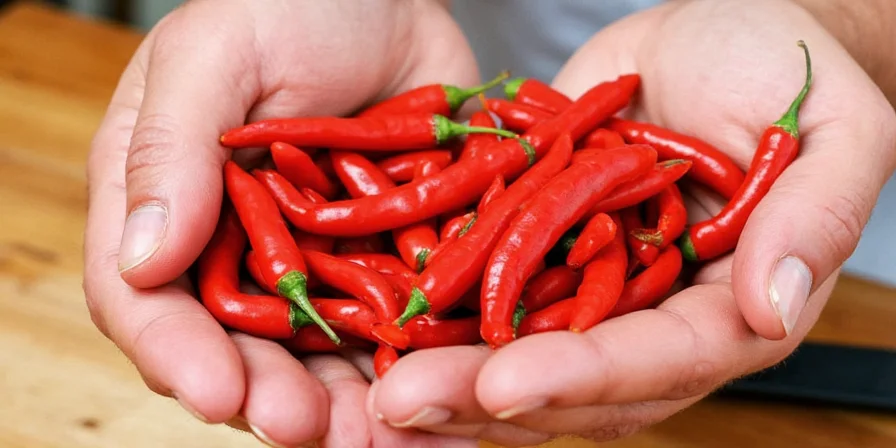
Spice Survival Tips: Taming the Burn
If you've ever felt like your mouth is on fire after eating something spicy, fear not — here are some practical, life-saving (okay, tongue-saving) tricks:
- Dairy is Your Friend: Milk, yogurt, or ice cream help neutralize capsaicin better than water ever could.
- Reach for Sugar: Believe it or not, a spoonful of sugar helps the spicy go down (especially if you're sipping a sweetened beverage like mango lassi).
- Gloves Save Lives: Handling super-hot peppers without gloves can lead to second-degree burns — or worse, accidentally touching your eye after chopping a Carolina Reaper.
- Rinse Before Chopping: Capsaicin oil can be concentrated on the skin, so rinse chilies before cutting to reduce surface heat.
- Remove Seeds and Membranes: These are where most of the heat lives. Deseed your peppers if you want milder results.
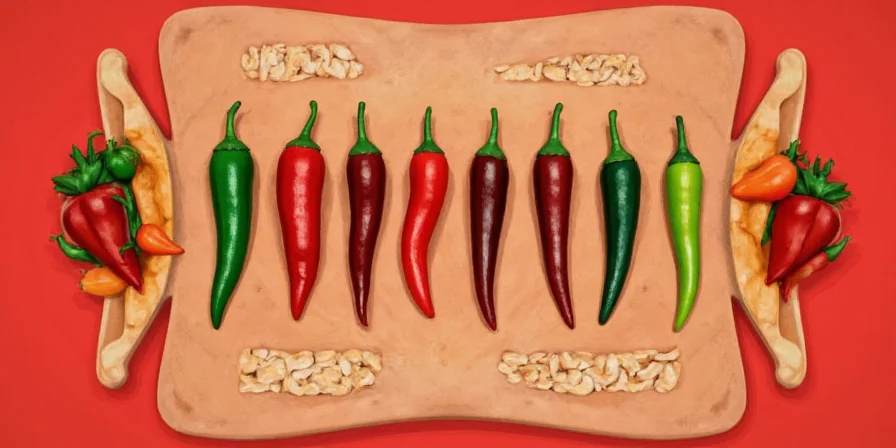
Beyond the Scale: Other Factors That Affect Heat Perception
The Scoville scale gives us a baseline, but many other factors influence how hot a pepper feels to you personally:
- Tolerance Level: Regular chili eaters build up a tolerance over time — some even report enjoying the “burn” as a rush of endorphins.
- Food Pairings: Fat, dairy, and carbohydrates can help temper the heat, while acidic ingredients like lime juice can intensify the sensation.
- Time of Day: Studies suggest our sensitivity to pain (and therefore heat) varies throughout the day — morning folks may feel more intense burn than night owls.
- Genetics: Some people are simply born less sensitive to capsaicin due to variations in the TRPV1 receptor.

A Dash of History: Who Was Wilbur Scoville?
Before we had lab equipment to measure heat levels, there was a man named Wilbur Lincoln Scoville — a pharmacist who loved his job way too much. In 1912, he created the Scoville Organoleptic Test, where testers would dilute chili extract in sugar water until the burn was no longer detectable.
Yes, you read that right — human taste-testers voluntarily drank increasingly diluted pepper extracts until they couldn’t feel the burn anymore. Imagine being paid to drink pepper water… and calling it a career move.
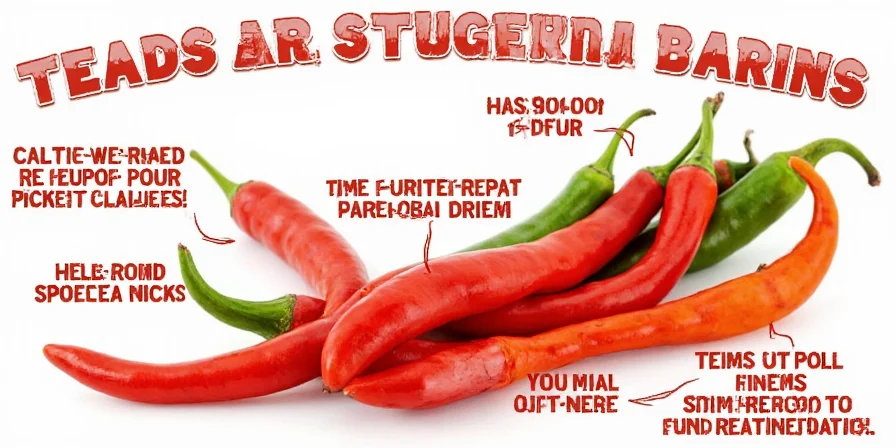
Cooking with Chili Peppers: From Mild to Wild
Whether you're making tacos, curries, or homemade hot sauce, knowing which chili to use can make or break your dish. Here’s a quick cheat sheet:
- Mild Magic: Poblanos, Anaheims, or banana peppers — perfect for stuffed peppers or gentle sauces.
- Medium Kick: Jalapeños, serranos, or fresnos — great for salsa, pickling, or adding subtle heat to dips.
- Fireworks Flavor: Habaneros, Scotch bonnets, or Thai chilies — bring the heat to jerk marinades, hot sauces, and spicy soups.
- Warning: Nuclear Zone: Ghost peppers, Trinidad Morugas, or Carolina Reapers — these should only be used when you’re aiming for extreme heat (and have milk nearby).
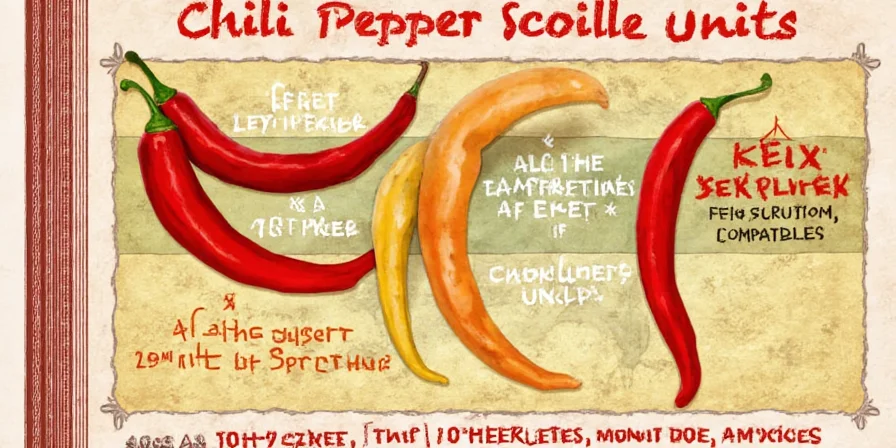
Conclusion: Embrace the Burn!
Understanding chili pepper Scoville units opens the door to a world of flavor and adventure. Whether you’re a seasoned spice junkie or a cautious beginner, there’s a perfect level of heat out there for everyone. So next time you reach for a jalapeño or stare nervously at a ghost pepper, remember — it’s not just about the burn; it’s about the journey.
Stay curious, stay safe, and most importantly — stay spicy!


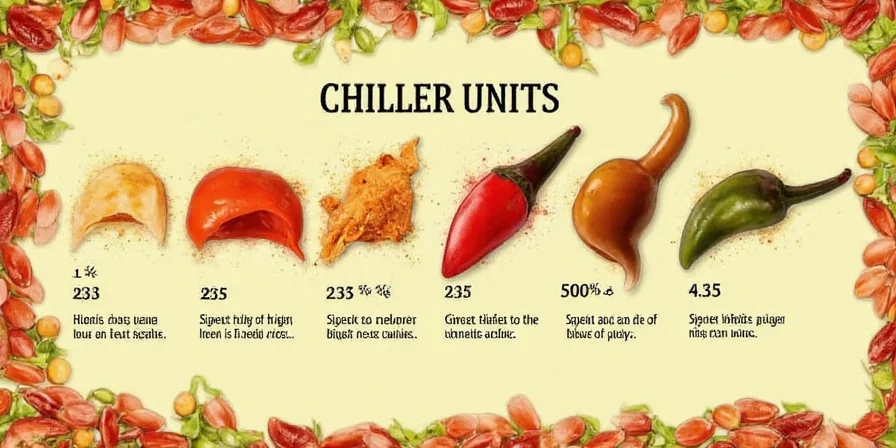









 浙公网安备
33010002000092号
浙公网安备
33010002000092号 浙B2-20120091-4
浙B2-20120091-4